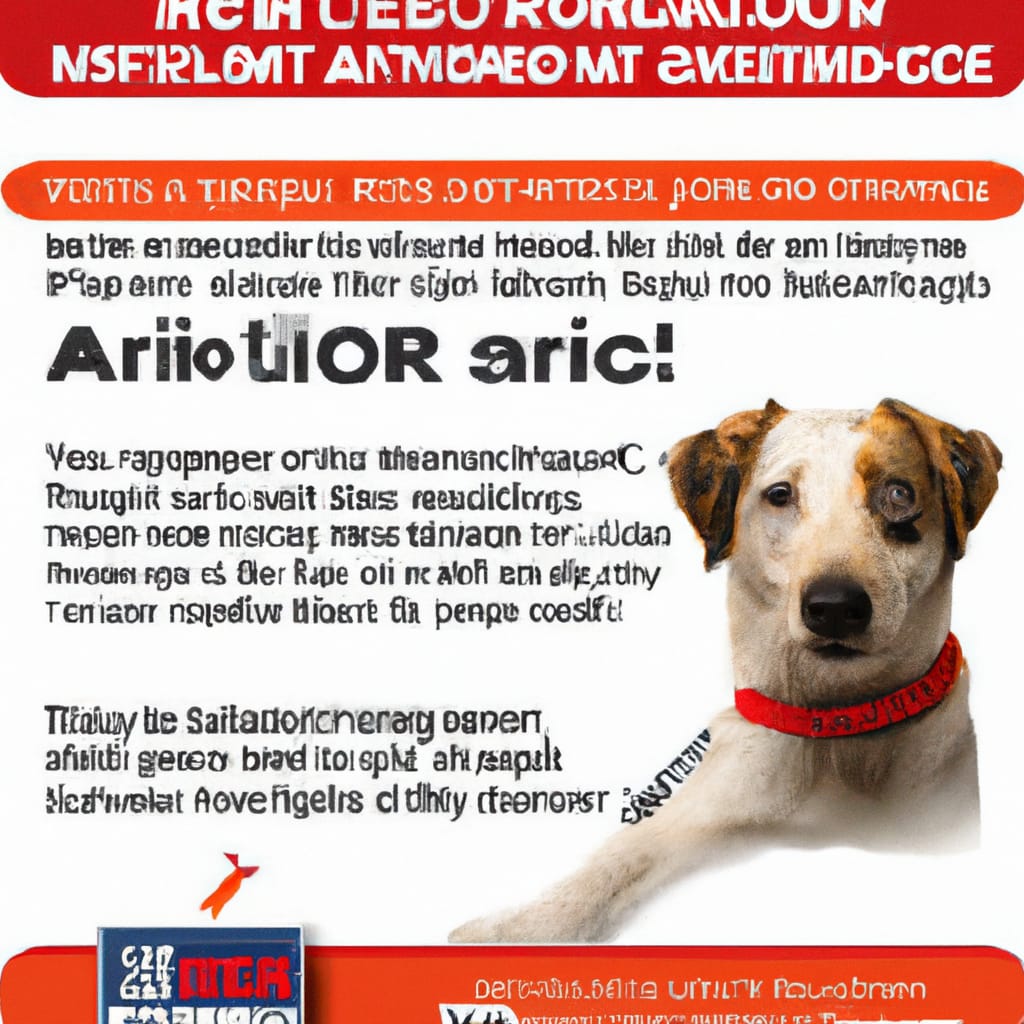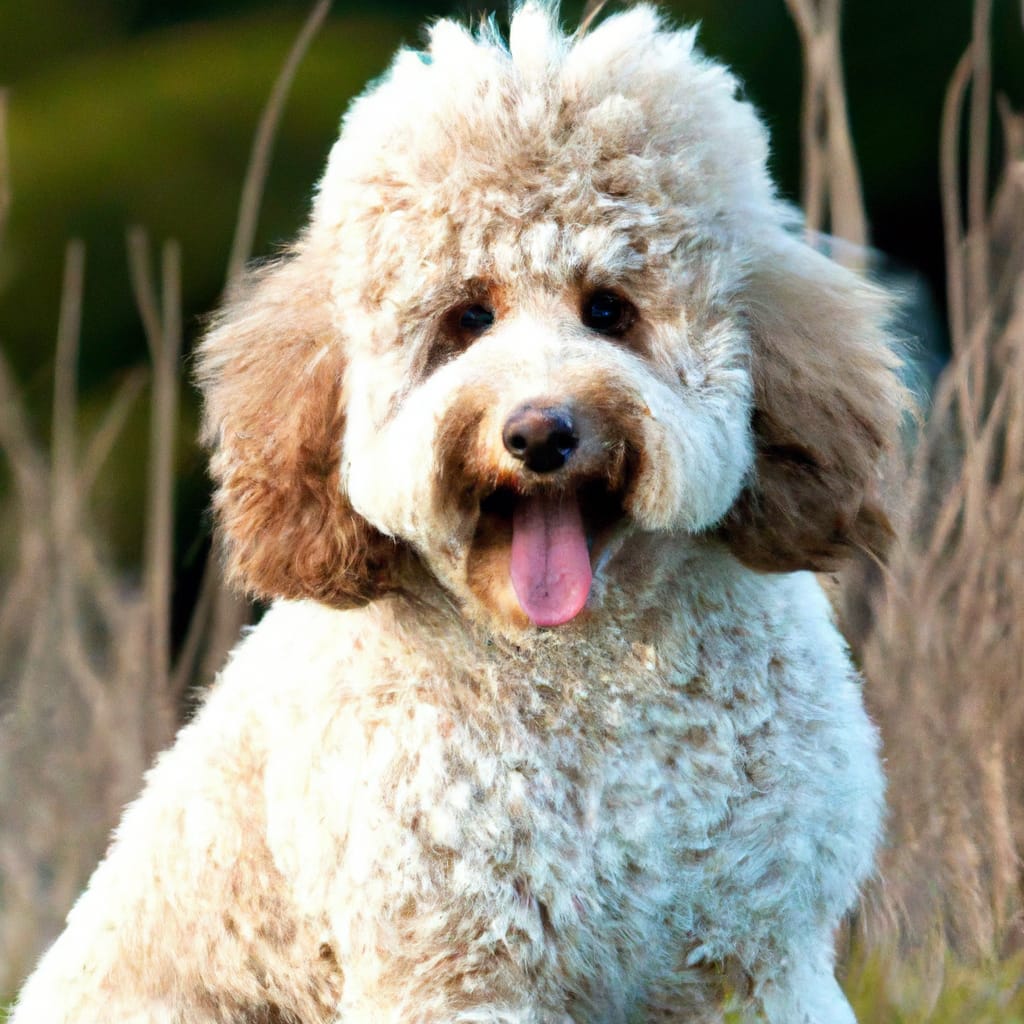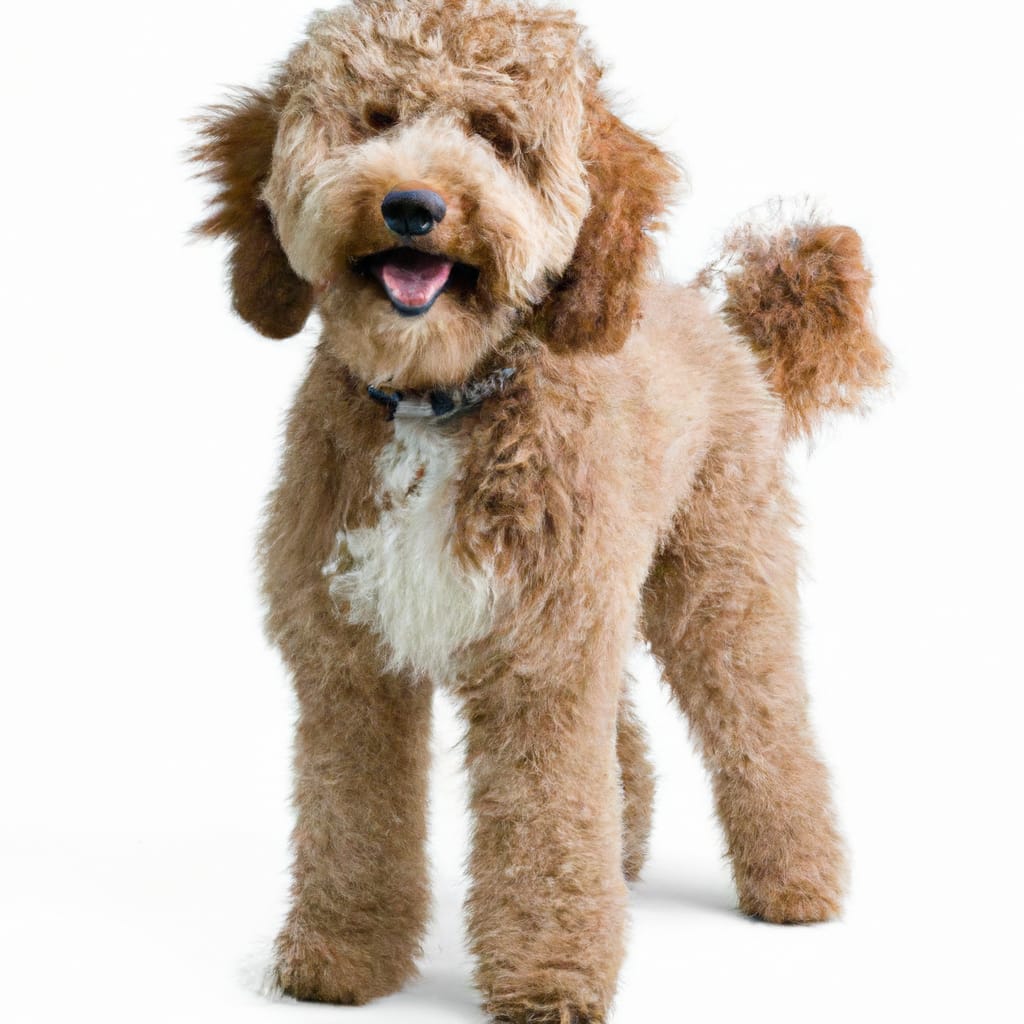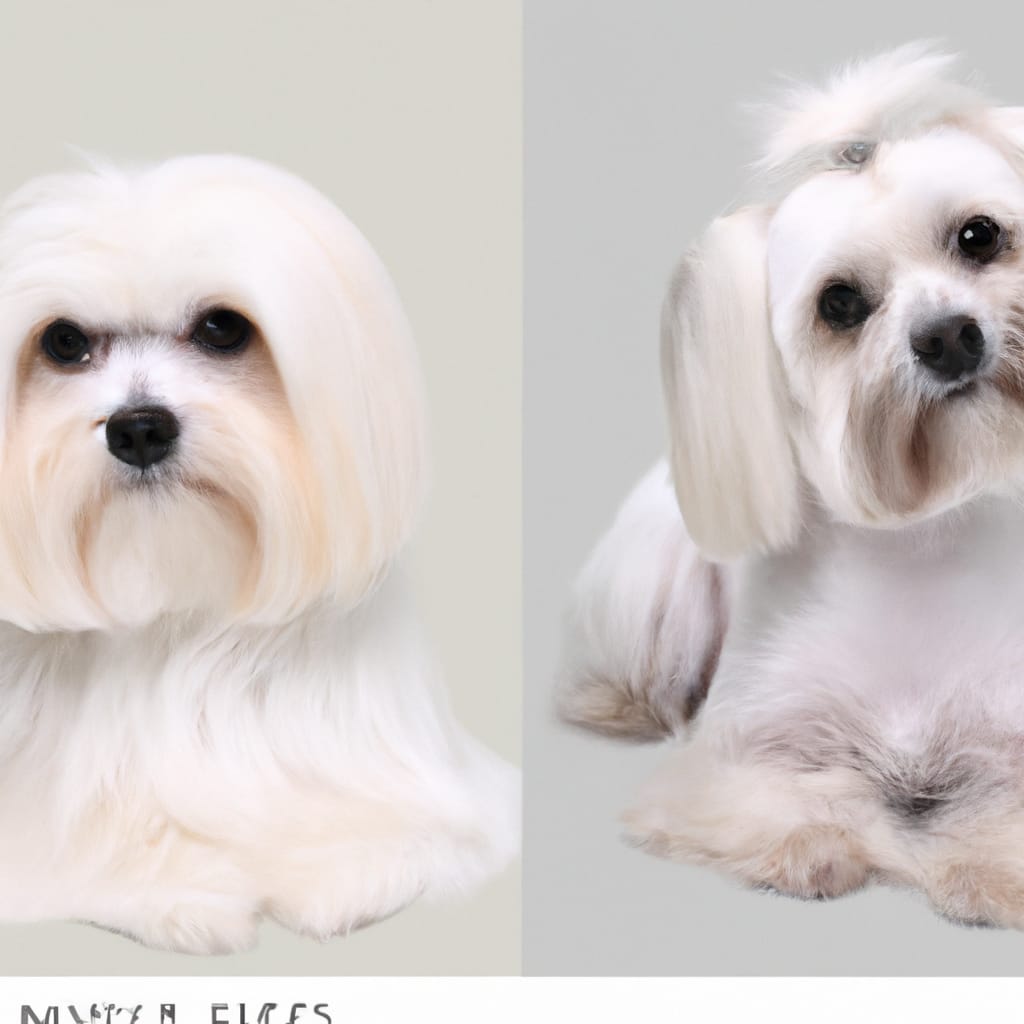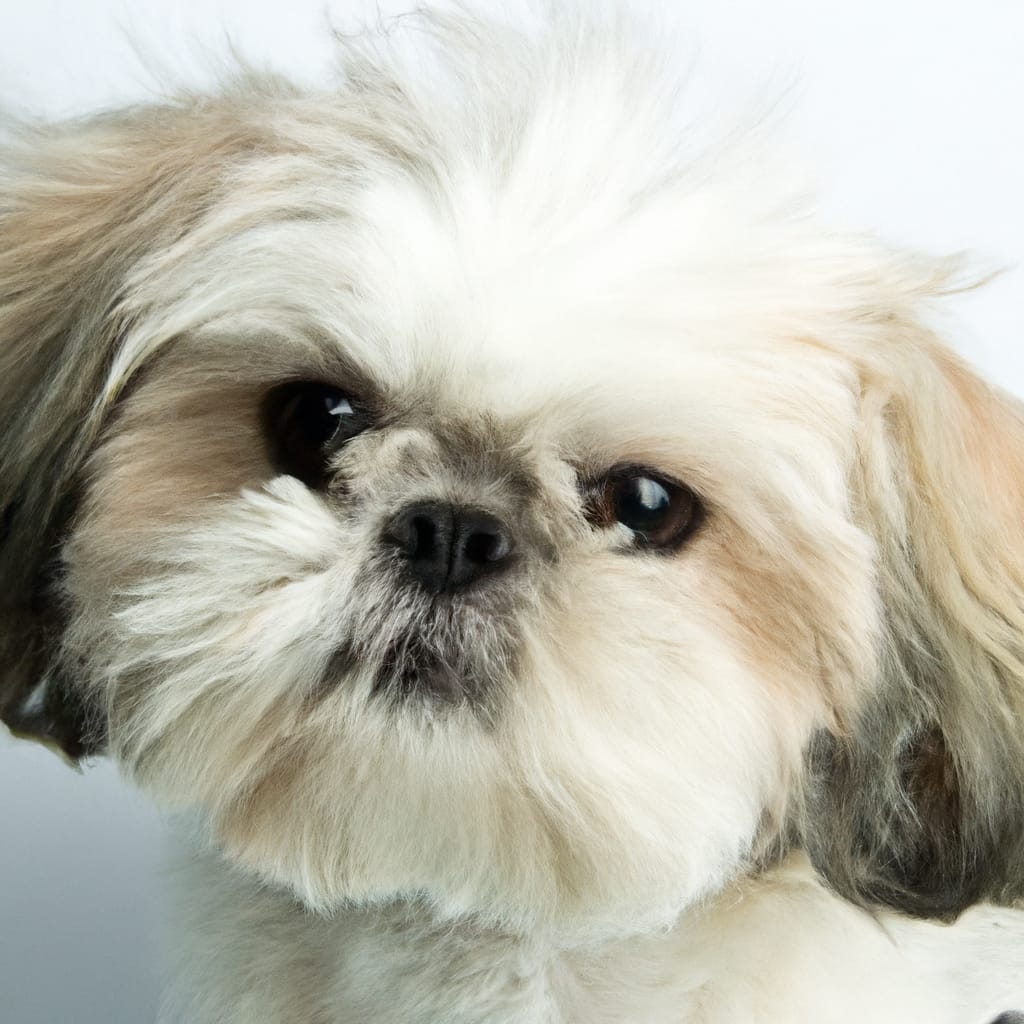What Happens If A Dog Gets A Torn ACL? Here’s What To Expect If It Happens To Your Pup
Imagine your beloved furry friend suddenly starts limping and you can’t figure out why. It turns out, your pup may have a torn ACL. Just like in humans, a torn anterior cruciate ligament (ACL) in dogs is a common injury that can cause pain and discomfort. But fear not! In this article, we will explore what happens if a dog gets a torn ACL and provide you with the information you need to understand and manage this condition. From symptoms to treatment options, we’ve got you covered so you can ensure your pup gets the care they need to recover and get back to their energetic and playful self.
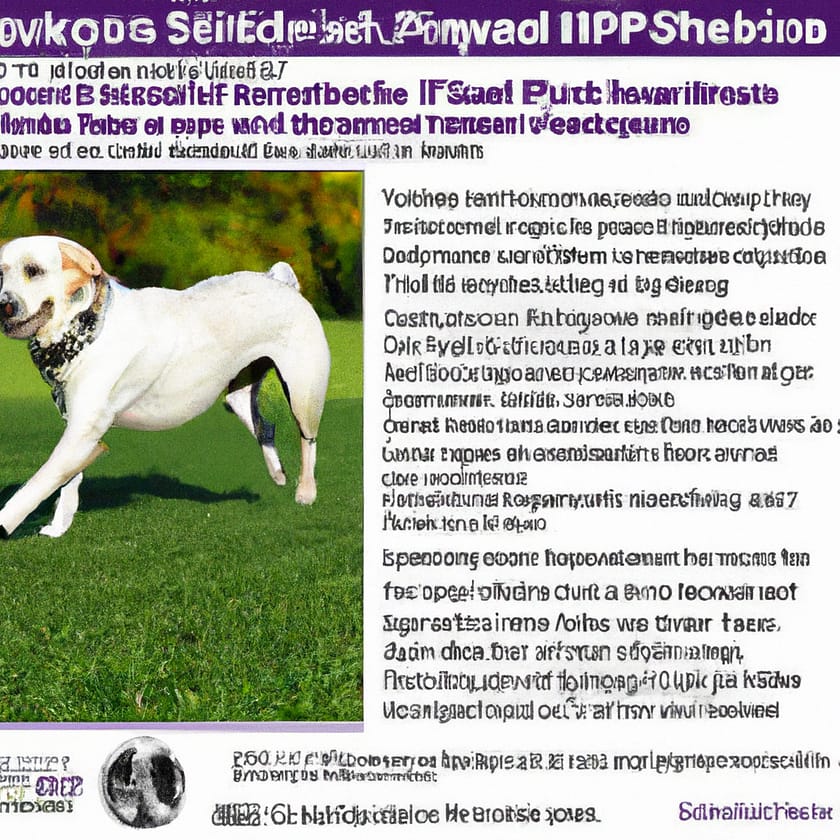
Symptoms of a Torn ACL in Dogs
Limping or lameness in the affected leg
If your dog has a torn ACL, one of the most common symptoms you may notice is limping or lameness in the affected leg. Your pup may try to keep weight off the injured leg, and you may notice a change in their gait as they favor the other leg.
Swelling and/or bruising
Swelling and bruising are another common symptom of a torn ACL in dogs. The injured leg may appear swollen and may even have bruising around the knee joint. This can be a result of the ligament tear and the inflammation that follows.
Pain and discomfort
Just like humans, dogs can experience pain and discomfort when they have a torn ACL. Your furry friend may exhibit signs of distress, such as whimpering, whining, or even yelping when trying to move or put weight on the injured leg.
Reluctance to put weight on the leg
Since a torn ACL can cause pain and instability in the knee joint, your dog may be reluctant to put weight on the affected leg. They may try to keep the leg raised or hop on three legs to alleviate the discomfort.
Stiffness or difficulty in moving the leg
Stiffness or difficulty in moving the leg is another symptom you may notice if your dog has a torn ACL. The injury can cause limited mobility and range of motion, making it challenging for your pup to freely move and stretch the leg.
Audible popping sound during injury
In some cases, a torn ACL may be accompanied by an audible popping sound at the time of the injury. This sound can be alarming and is often a result of the ligament tearing or the knee joint forcibly moving out of its normal position.
Decreased activity or lethargy
A torn ACL can significantly impact your dog’s activity level. You may notice a decrease in their usual energy and enthusiasm for play, exercise, and daily activities. They may appear lethargic and less interested in their usual routines.
Causes of Torn ACL in Dogs
Sudden twisting or pivoting motion
A sudden twisting or pivoting motion can cause a torn ACL in dogs. This can happen during activities such as vigorous play, jumping, or running on uneven surfaces. The forceful change in direction can put excessive strain on the ligament, leading to a tear.
Hyperextension of the knee joint
Hyperextension of the knee joint, where the angle of the joint exceeds its normal range of motion, can also result in a torn ACL. This can occur when a dog lands awkwardly or forcibly extends their leg while running or jumping.
Aging and degeneration of ligaments
As dogs age, their ligaments can naturally weaken and degenerate. This can make them more prone to injuries, including torn ACLs. Aging and degeneration of the ligaments can occur over time, making older dogs more susceptible to this type of injury.
Obesity or excessive weight
Being overweight or obese can put significant stress on a dog’s joints, including the ACL. The excess weight increases the load on the ligament, making it more susceptible to tearing. Maintaining a healthy weight is crucial in preventing ACL injuries in dogs.
Breed predisposition
Certain dog breeds are more prone to ACL injuries due to their anatomical structure. Breeds such as Labrador Retrievers, Golden Retrievers, and Rottweilers are known to have a higher predisposition to torn ACLs. Understanding your dog’s breed-specific risks can help you take preventive measures.
Diagnosing a Torn ACL in Dogs
Physical examination by a veterinarian
If you suspect your dog has a torn ACL, it is important to seek veterinary attention. A physical examination by a veterinarian is often the first step in diagnosing a torn ACL. They will assess your dog’s gait, range of motion, and any signs of pain or discomfort.
Manipulation and palpation of the knee joint
During the examination, the veterinarian may manipulate and palpate the knee joint to assess its stability and identify any abnormalities that may indicate a torn ACL. They will look for signs of laxity or instability in the joint.
X-rays to rule out fractures or bone abnormalities
X-rays may be taken to rule out any fractures or other bone abnormalities that could be causing the symptoms. While a torn ACL cannot be directly visible on an X-ray, it can help identify other potential causes of your dog’s discomfort.
Specialized tests like cranial drawer test or tibial compression test
Specialized tests may be conducted to further evaluate the knee joint and confirm a torn ACL. The cranial drawer test and the tibial compression test are commonly used to assess the integrity of the ACL and determine the extent of the injury.
Consideration of the dog’s medical history and breed
The veterinarian will also take into account your dog’s medical history and breed when diagnosing a torn ACL. Certain breeds may have a higher predisposition to this injury, and a history of previous knee injuries may increase the likelihood of a torn ACL.
Treatment Options for a Torn ACL in Dogs
Conservative management
Depending on the severity of the torn ACL and the overall health of your dog, conservative management may be a suitable treatment option. This approach aims to manage the pain, stabilize the knee joint, and promote natural healing through non-surgical methods.
Physical therapy and rest
Conservative management often involves strict rest and limited activity to allow the ligament to heal. Physical therapy exercises, guided by a veterinary professional, can help strengthen the surrounding muscles and provide stability to the knee joint.
Pain medication and anti-inflammatory drugs
To alleviate your dog’s pain and reduce inflammation, pain medication and anti-inflammatory drugs may be prescribed. These medications can help manage discomfort and improve your dog’s quality of life during the recovery process.
Weight management and dietary adjustments
Maintaining a healthy weight is crucial in supporting your dog’s joint health and preventing further stress on the torn ACL. Your veterinarian may recommend weight management strategies and dietary adjustments to ensure your dog’s overall wellbeing.
Surgical intervention
In some cases, surgical intervention may be necessary to repair a torn ACL. Surgery is often recommended for larger or more active dogs, as well as for severe or complete tears. The specific type of surgery recommended will depend on your dog’s condition and the veterinarian’s expertise.
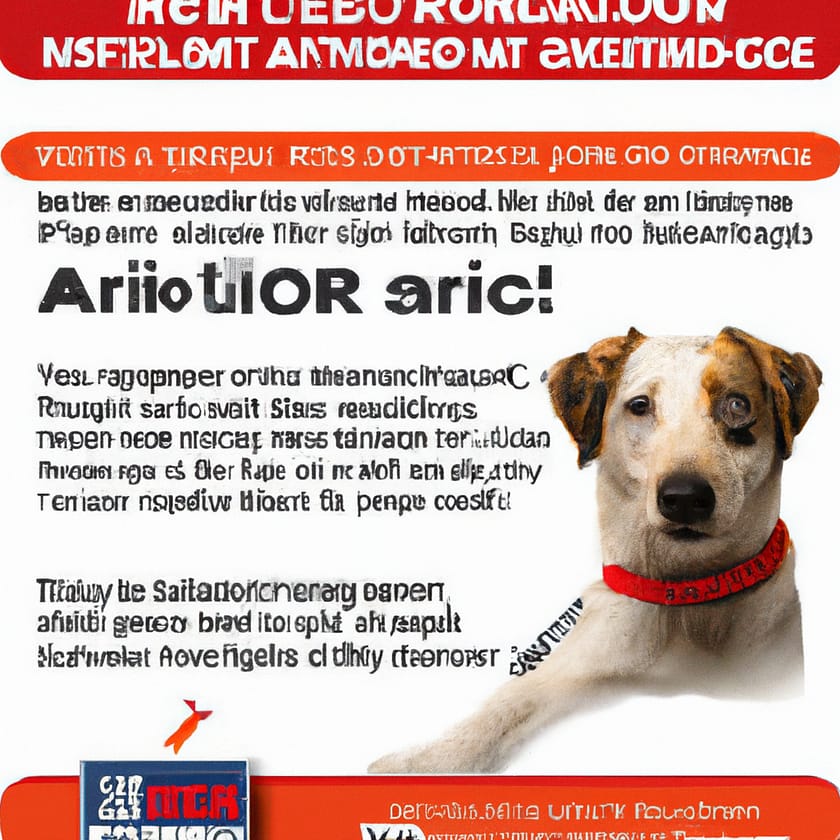
Conservative Management for a Torn ACL in Dogs
Strict rest and limited activity
Conservative management requires strict rest and limited activity for your dog. This means minimizing vigorous exercise, jumping, and running. Restricting their movement allows the torn ACL to heal naturally.
Use of a brace or splint to stabilize the knee joint
A brace or splint may be recommended to stabilize the knee joint during the healing process. These devices can provide support and restrict the movement of the injured leg, which helps reduce pain and promote proper healing.
Physical therapy exercises to strengthen surrounding muscles
Physical therapy exercises are an essential component of conservative management. By performing specific exercises under the guidance of a veterinary professional, you can strengthen the surrounding muscles, enhance joint stability, and improve your dog’s mobility.
Weight management and joint supplements
Maintaining a healthy weight is crucial in managing a torn ACL. Your veterinarian may recommend weight management strategies and joint supplements to support your dog’s joint health and reduce stress on the injured knee.
Regular follow-up visits with the veterinarian
Throughout the conservative management process, regular follow-up visits with the veterinarian are essential to monitor your dog’s progress and adjust the treatment plan if needed. These visits allow the veterinarian to assess the healing of the torn ACL and make any necessary modifications to the treatment approach.
Surgical Intervention for a Torn ACL in Dogs
Tibial Plateau Leveling Osteotomy (TPLO)
TPLO is a surgical procedure commonly used to address a torn ACL in dogs. It involves repositioning the bones of the knee joint to stabilize it and eliminate the need for the ACL. This procedure is often recommended for larger dogs or those with extremely active lifestyles.
Extracapsular Repair (Lateral Suture Technique)
Extracapsular repair, also known as the lateral suture technique, involves placing a strong suture outside the joint to stabilize the knee. This procedure is typically recommended for smaller dogs or less active individuals.
Tibial Tuberosity Advancement (TTA)
TTA is another surgical technique used for repairing a torn ACL. It involves changing the angle of the tibia bone to reduce stress on the remaining ligaments and create a more stable joint. The TTA procedure is often recommended for medium to large-sized dogs.
Treatment choice based on veterinarian recommendation and dog’s condition
The choice of surgical treatment for a torn ACL will depend on various factors, including the veterinarian’s expertise, your dog’s condition, size, and lifestyle. Your veterinarian will guide you in selecting the most appropriate surgical option for your pup.
Post-operative care and rehabilitation
After surgery, post-operative care and rehabilitation are crucial for your dog’s recovery. This may include pain management medication, restricted activity, physical therapy exercises, and regular check-ups with the veterinarian to monitor the healing process.
Recovery and Rehabilitation for Dogs with a Torn ACL
Strict confinement and activity restriction
During the recovery phase, strict confinement and activity restriction are necessary to allow for proper healing. This means limiting your dog’s movement, keeping them within a confined area, and preventing them from engaging in strenuous activities.
Medication for pain management
To manage any post-operative pain or discomfort, your veterinarian may prescribe pain medication. It is crucial to follow the recommended dosage and schedule to ensure your dog remains comfortable throughout the recovery period.
Physical therapy exercises and rehabilitation
Physical therapy exercises and rehabilitation play a vital role in your dog’s recovery from a torn ACL. These exercises focus on strengthening the surrounding muscles, improving joint stability, and promoting a full range of motion in the knee joint.
Gradual reintroduction of normal activities
As your dog’s recovery progresses, your veterinarian will provide guidance on gradually reintroducing normal activities. This should be done under their supervision and based on your dog’s response to the rehabilitation process.
Monitoring for any signs of complications or relapses
Throughout the recovery period, it is important to closely monitor your dog for any signs of complications or relapses. Keep an eye out for increased pain, swelling, lameness, or any other abnormal changes. If you have any concerns, consult with your veterinarian promptly.
Complications and Risks associated with a Torn ACL in Dogs
Development of arthritis
One of the potential complications of a torn ACL in dogs is the development of arthritis. The instability caused by the torn ligament can lead to increased wear and tear on the joint, eventually resulting in arthritis. Regular monitoring and appropriate management can help mitigate this risk.
Partial or complete re-tearing of the ACL
In some cases, a torn ACL may partially or completely re-tear, typically due to excessive strain or inadequate healing. This can occur even after surgery or during the recovery phase. Regular veterinary follow-ups and strict adherence to post-operative guidelines can help minimize this risk.
Infection at the surgical site
Following surgical intervention, there is always the risk of infection at the surgical site. It is important to keep the incision clean and monitor for signs of infection, such as redness, swelling, or discharge. If you suspect an infection, contact your veterinarian immediately for proper treatment.
Implant failure or complications
Surgical procedures for torn ACLs often involve the use of implants, such as screws or plates. While rare, implant failure or complications can occur. Regular post-operative evaluations and monitoring can help detect any issues early on.
Delayed or difficult healing process
The healing process for a torn ACL can vary depending on the dog and the severity of the injury. In some cases, the healing process may be delayed or more challenging due to factors such as obesity, advanced age, or underlying health conditions. Vigilance and proper care are essential in supporting the healing process.
Preventing a Torn ACL in Dogs
Maintaining a healthy weight
Maintaining a healthy weight is crucial in preventing a torn ACL in dogs. Excessive weight puts unnecessary stress on the joints, increasing the risk of injury. Regular exercise and a balanced, nutritious diet can help keep your dog at a healthy weight.
Avoiding high-impact activities or sudden movements
Avoiding high-impact activities or sudden movements can significantly reduce the risk of a torn ACL. Be cautious during vigorous play or exercise, especially on uneven surfaces. Encourage gentle activities that do not place excessive stress on the knee joint.
Regular exercise to keep muscles strong and joints limber
Regular exercise is important to keep your dog’s muscles strong and their joints limber. It helps maintain optimal joint health and can reduce the likelihood of ACL injuries. Ensure the exercise routine is appropriate for your dog’s age, breed, and overall health.
Providing a balanced and nutritious diet
A balanced and nutritious diet is essential for overall health and wellbeing, including joint health. Ensure your dog’s diet provides the necessary vitamins, minerals, and nutrients to support a strong musculoskeletal system. Consult with your veterinarian for dietary recommendations specific to your dog’s needs.
Regular veterinary check-ups
Regular veterinary check-ups are crucial in identifying and addressing potential health issues early on. Routine examinations allow your veterinarian to assess your dog’s overall health, including joint health, and provide appropriate preventive recommendations.
Conclusion
A torn ACL can be a painful and debilitating injury for dogs, but with timely intervention and appropriate treatment, most dogs can recover and regain their mobility. By recognizing the symptoms, understanding the causes, and considering the various treatment options, you can provide the necessary care and support to your furry friend. Remember to consult with your veterinarian for an accurate diagnosis and to design a personalized treatment plan that best suits the needs of your dog. With proper care, patience, and love, your pup can overcome a torn ACL and resume their active and joyful life.


